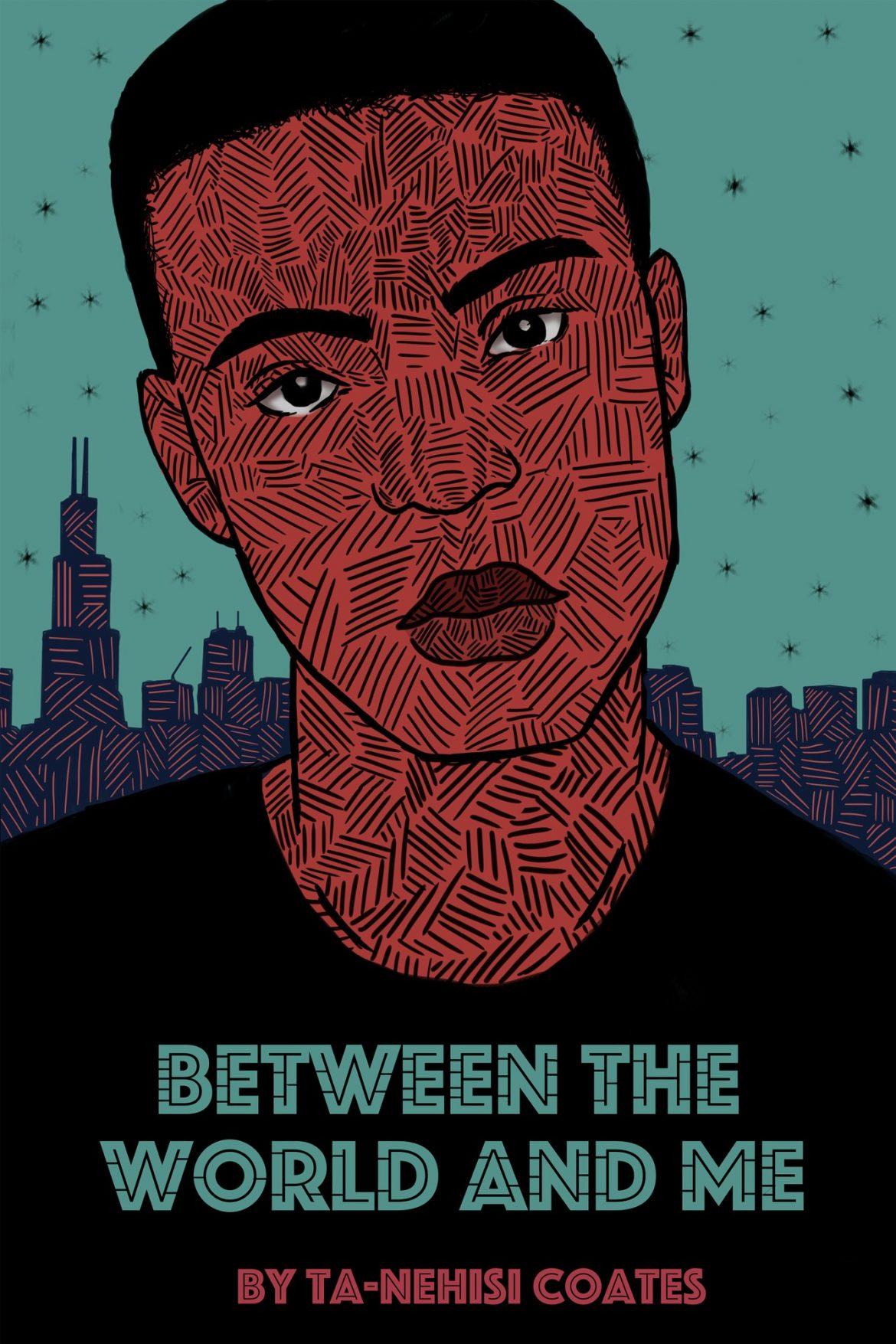Students taking University 100 this year are discussing Ta-Nehisi Coates’ “Between the World and Me,” but there’s no doubt that they’ll be bringing that discussion out of the classroom as well, for Coates hits hard and unapologetic on his views of what it means to be black in America with no answers guaranteed.
Drawing inspiration from James Baldwin’s “The Fire Next Time,” published in 1963, the memoir of Coates’ formative experiences is structured as a letter to his teenage son, Samori.
In an America that watched as unarmed black teenage boys were shot dead by police, the narrative serves to bring consciousness to his son’s weary mind. With sympathy and solidarity, Coates paints–or rather takes a snapshot, as photographic likeness better captures the authenticity of his bleak reality–his personal eyewitness of this certain plight. The destruction of black bodies, at the hands of what Coates describes as “the Dream,” is not only American tradition, but American heritage, which Samori is forced to inherit. Out of sheer necessity his child is endowed with the responsibility to protect his body.
To the atheistic Coates, “the spirit and soul are the body and brain, which are destructible–that is precisely why they are so precious.” The lack of spirituality in his belief systems actually launches his points further, as they’re able to reach a larger audience. The key to Coates’ impact is that he is roughly unapologetic in his reminder to his son that this violence is visceral. The fear is visceral.
Perhaps one of the more moving passages in the book is Coates’ break down of the sight, sound and feeling of this fear dormantly observed by the young author in his Baltimore neighborhood.
Coates attributes the destruction of black bodies to the machine of violence and looting which is the American Dream. Students have long discussed and dissected the American Dream in classrooms at CSUN, but Coates’ perspective buries any notions of existing integrity in this euphemistic philosophy, an extreme rarely touched upon in discussion. He seeks to address the angst felt in desiring something that is forever out of grasp when he boldly states, “for so long I have wanted to escape into the Dream, to fold my country over my head like a blanket. But this has never been an option because the Dream rests on our backs, the bedding made from our bodies.”
Along with the expectations, Coates deconstructs the mythology of race. “Race,” he says “is the child of racism, not the father.” To this, Coates confronts “people who believe themselves to be white,” a provocative angle which addresses the barriers that are built upon defining a group of people. Touching back to the importance of the visceral, he describes how “all our phrasing–race relations, racial chasm, racial justice, racial profiling, white privilege, even white supremacy–serves to obscure that racism is a visceral experience.” This is radically different than how most classes go about discussing racism, and will surely topple convention over, a much-needed action.
Though Coates nears in heavily on the physical, he encompasses the mind and its liberation into this focus. Perhaps one of the only conventions that Coates seems to agree upon is the long-lived claim that the process of questioning will always hold greater value than the answers themselves. An education, not from an institution but from his own grandmother and from the “open, unending, free” library, is crucial in awakening consciousness. He declares that “the pursuit of knowing was freedom.” This sentiment is almost universally understood by the college student, but one to consider when discussing the author’s sparing use of optimism. Critical and doubtful of the change that one person can make upon the world, Coates is nonetheless hopeful in the change that one person can make upon their mind. This is not to say that Coates did it all himself, as he admits to “never achiev[ing] anything alone.” He pays tribute to the many artists that shaped his education such as Bubber Miley, Otis Redding, Sam and Dave, C.K. Williams, Ethelbert Miller, and Kenneth Carroll. If Coates is not yet on a young writer’s formative authors list, then he will be in the future.
Hope would be an inappropriate conclusion to the book, and so Coates chooses to dedicate the third and final part to the mother of Prince Jones, a classmate of Coates, that was shot by police of Prince George’s county. Though traces of hope exist, Coates rather urges his son to struggle and to go on struggling, not for the oppressors but for himself and all the elements of memory and tribute for his family and his name. To end the book the way he does is to successfully execute the intentions of his message. He does not tuck the reader into bed with the blankets of hope, but rather jolts the reader awake.
This book is available in the Matador Bookstore or on Amazon for $15. For more literature by Ta-Nehisi Coates, see ‘The Beautiful Struggle’ or ‘We Were Eight Years in Power: An American Tragedy.’






